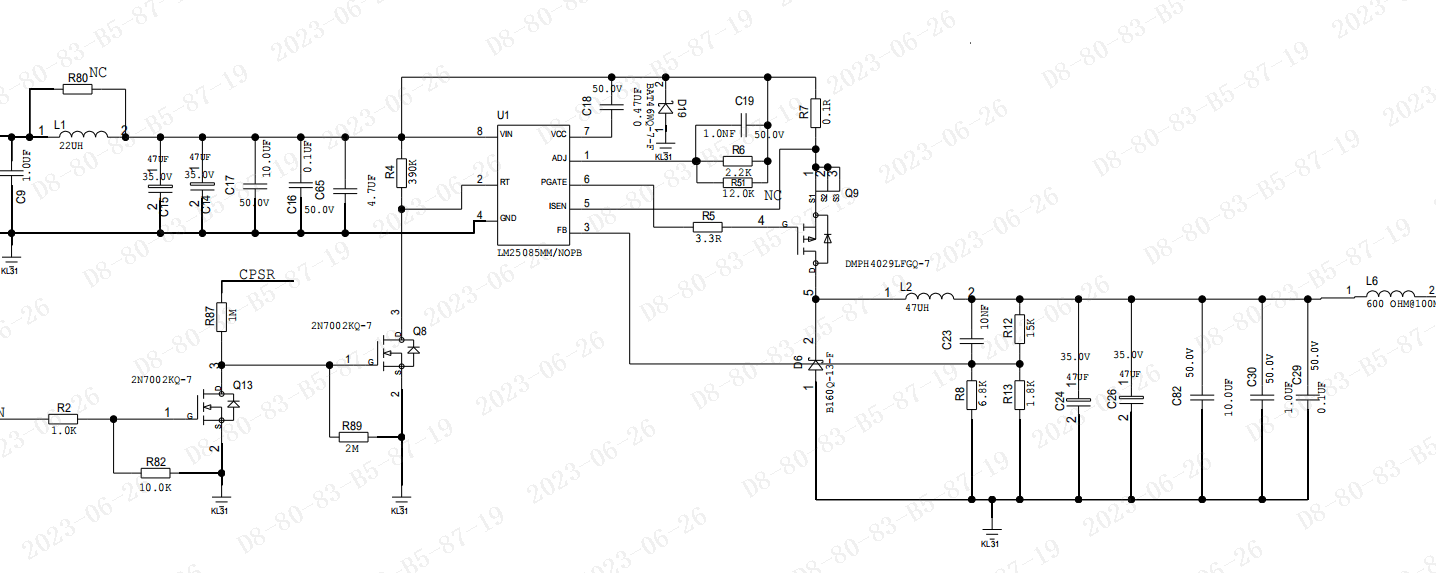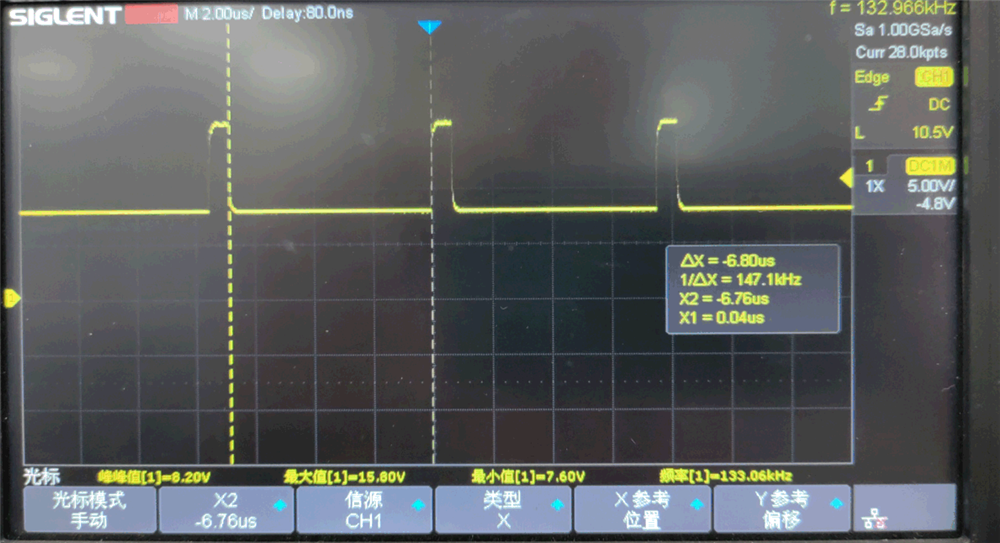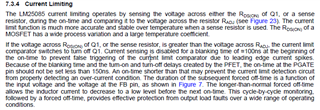Hi, I have a question about the switching frequency of LM25085-Q1,
LM25085-Q encounters the phenomenon that the frequency cannot be adjusted by changing Rt during use. The maximum input range is 11-16V, and the output range is 10.5-14.4V. The scene is to charge the battery,, and the current is about 0.75A during constant current charging.
1. Under current-limiting conditions, the frequency cannot be changed through Rt, and the frequency is low when the input voltage and output voltage are close (the expected operating frequency is about 200k)
2. In the non-limiting state, the frequency cannot be changed through Rt
Is the above phenomenon normal? Is there any suggestion for increasing the working frequency?
The schematic diagram is as follows, the Rt is changed from 390k to 200k, and the frequency does not change.
Here gives the circuit of LM25085-Q1 according to the customer application.

The switch node waveform of these two mission profiles is given below:
1. Input 13V output 10.5V0.75A, working under current-limiting conditions, the gap between the conduction time and the calculated one is large, and changing Rt cannot be adjusted (pay attention the switch node waveform is up-down opposite, the cursor select the turn-on time, which is far from the calculated setting time)

The inductor current and output voltage waveform under this condition is given below:

2. Input 16V output 14.3V0.6A, working under non-current-limiting conditions, the gap between the conduction time and the calculated one is large, and changing Rt cannot be adjusted.

The inductor current and output voltage waveform under this condition is given below:

It seems that the chip does not operate at a DCM mode, so I need help for explain the reason for error switching frequency (turn-on time).






